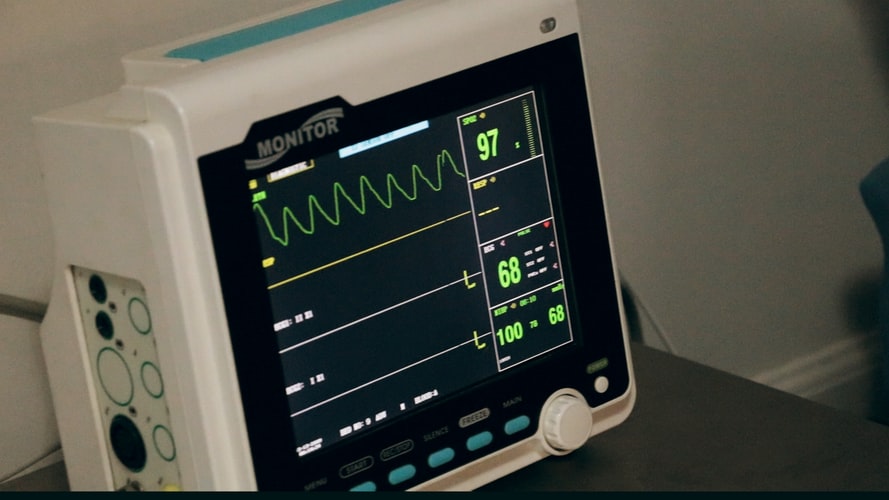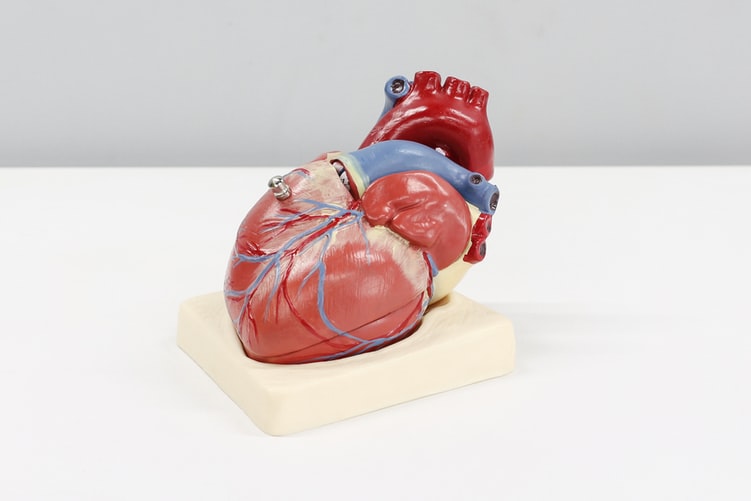The new Fluo-4 Direct test has been developed to give a precise, repeatable, highly sensitive test of calcium absorption in human coronary heart disease. This method can be used to evaluate calcium levels in human coronary arteries at various time intervals and thus help to predict coronary artery disease or coronary heart disease outcome. This test is based on the principle that the amount of calcium entering a patient’s coronary heart is influenced by the amount of calcium already present in the blood when a patient suffers a coronary attack. Recent developments in the pharmaceutical industry have led to improvements in calcium assays.

How Is The Calcium Assay Used?
The new calcium assay uses a high performance flexible silicon-coated flexible cell membrane (customized to the needs of the manufacturer) to obtain the results desired. The Fluo-4 test is based on the results obtained from the non-plate calcium assay in which the drug addition process is combined with a standard curve in the absence of the calcium probe. The customized silicon-coated flexible cell membrane allows for the use of a variety of drug addition techniques. It is based on a previously published procedure called “phosphorylation of co-localized fluorescent minerals”. This procedure was first described in detail more than 50 years ago and was further refined by Nils P. Vesterberg and Harry W. Breuning in their book Phosphoribatic Calcium Addition.
The calcium release data from the calcium assay is therefore an important determinant for the cardiac safety and monitoring of patients taking calcium channel blocker, calcium inositol, calcium channel blocker or other calcium-dependent medications. Importantly, the calcium release data also provide important information on the effects of calcium deficiency on human beings. The data shows that people suffering from severe hypocalcaemia benefit greatly from a regular intake of supplemental calcium supplementation. In the long run, regular intake of calcium may prevent the need for drug development strategies concerning calcium deficiency. Thus calcium supplementation can be regarded as a “solving of the calcium puzzle” and has therefore immense value for patients with calcium deficiency, especially those who suffer from cardiomyopathy or the cardiomyopathy referred to as “atherosclerosis”.
Health Effects Of Calcium
One of the recent studies focused on the effect of calcium inositol, a calcium Channel Blocker, on human cardiac myocytes. This study was carried out by the research team of the Google Scholars Team under the direction of Prof. Hema Sundaram, formerly at the University of Minnesota School of Medicine. The study found that calcium inositol rescued the cardiac myocytes from death induced by cardiomyopathy. This was supported by experiments showing that the calcium inositol protected against death caused by stress and calcium released from cultured human cardiomyocytes.

Further Points To Note
This information is very relevant as it throws light on calcium and is especially relevant in reference to cardiac diseases like myocardial ischemia. It also shows that calcium deficiency does not cause ischemia and that this deficiency mimics ischemic stroke. Furthermore, calcium is required for smooth muscular contractions and inositol inhibits calcium influx into muscle cells thus preventing muscular contraction.
These properties are clearly described in the preclinical research, which indicates the importance of ischemic calcium deficiency and the benefits of calcium inositol for cardiovascular disease and cardiac health. The calcium assay therefore has an important role to play in helping to assess cardiac health overall.

The latest generation calcium indicator dyes are designed using a unique six-color process that permits the determination of calcium levels in human plasma. The testing procedure involves mixing a small amount of colourless dye with a small amount of plasma to form a colourless bead. The bead is then applied to a slide and fluorescent microscopy images are taken with the help of a special calcium imaging camera. This method is highly useful for the diagnosis of nutritional and metabolic disorders.

